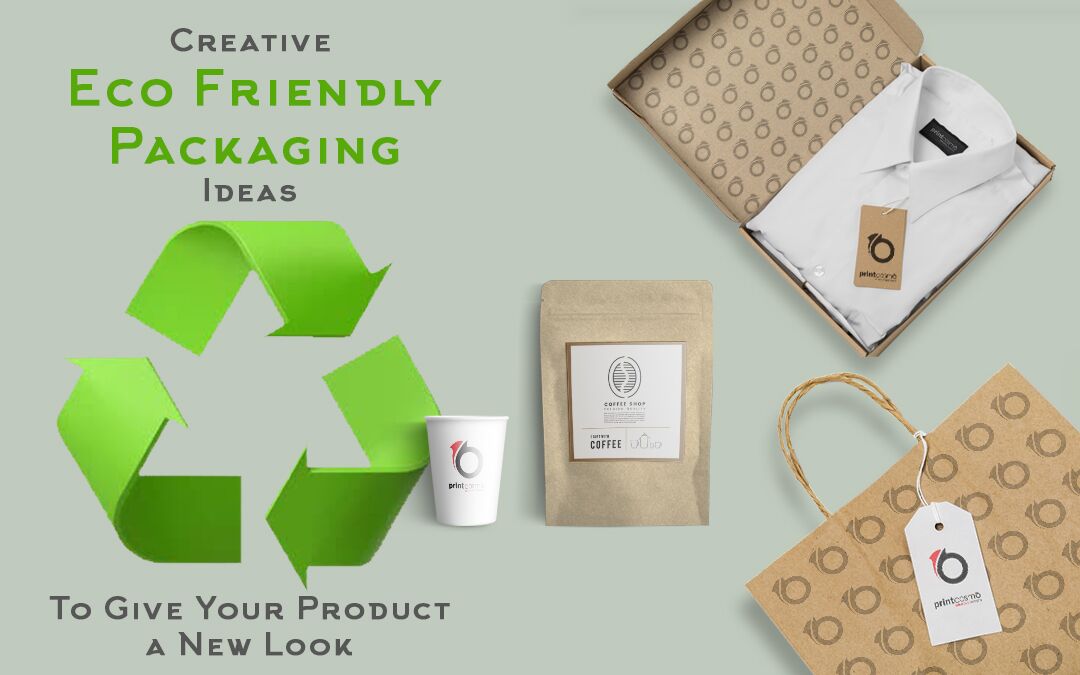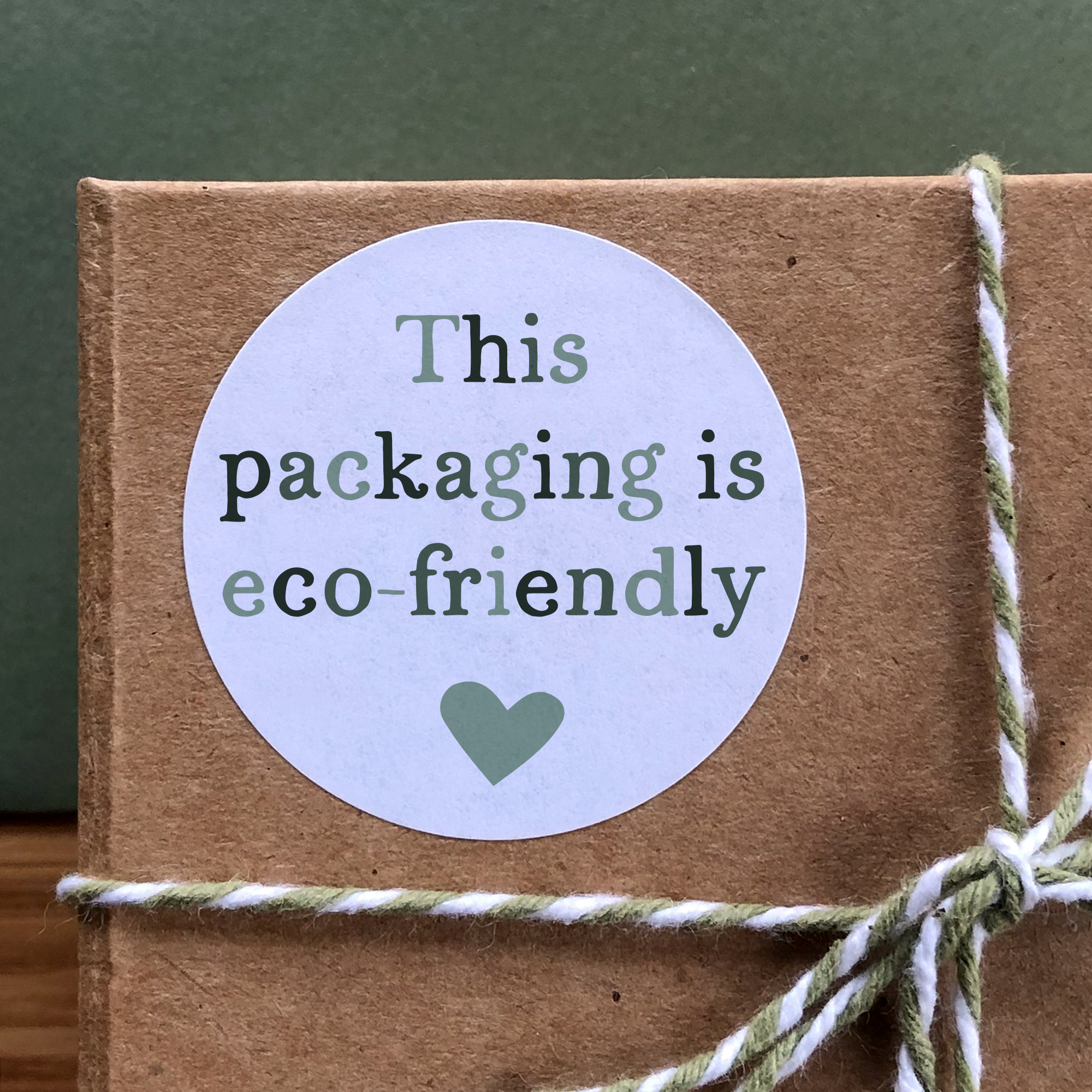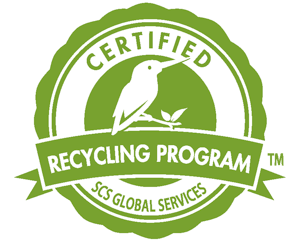Eco-friendly packaging has become a significant concern in recent years as businesses and consumers alike strive to reduce their environmental footprint. This article will provide a comprehensive overview of eco-friendly packaging, including its definition and importance. It will also delve into ten alternatives to traditional packaging materials that are more sustainable and environmentally friendly. Additionally, a buyer’s guide for small businesses looking to adopt eco-friendly packaging practices will be presented, offering practical steps and considerations to take into account. Lastly, the article will explore the concept of green certification and help businesses determine whether it is suitable for their specific needs.
Eco-friendly packaging refers to the use of materials and practices that have minimal negative impact on the environment throughout their lifecycle. It aims to reduce waste, conserve resources, and minimize pollution associated with packaging production, use, and disposal. With increasing awareness about the harmful effects of conventional packaging materials, such as plastic, there has been a growing demand for more sustainable alternatives.

What is Eco-Friendly Packaging?
Eco-friendly packaging encompasses various principles and approaches to minimize its environmental impact. It focuses on three key areas: sourcing sustainable materials, reducing packaging waste, and promoting recycling and composting. By adopting eco-friendly packaging practices, businesses can contribute to a more sustainable future while meeting consumer expectations for environmentally responsible products.
10 Eco-Friendly Packaging Alternatives

- Biodegradable Packaging Peanuts: Instead of using Styrofoam peanuts, which are not biodegradable, consider utilizing packing peanuts made from biodegradable materials like cornstarch or recycled paper. These options break down naturally over time and pose less harm to the environment.
- Corrugated Bubble Wrap: Replace traditional plastic bubble wrap with corrugated bubble wrap. It consists of layers of corrugated cardboard that provide excellent cushioning and protection for fragile items. Unlike plastic bubble wrap, it is recyclable and compostable.
- Air Pillows Made from Recycled Content: Opt for air pillows made from recycled materials like post-consumer plastics. These lightweight and versatile packaging products provide cushioning while reducing the demand for virgin plastic production.
- Recycled Cardboard and Paper: Utilize packaging materials made from recycled cardboard and paper. These materials require fewer resources and energy to produce, and they can be recycled multiple times, further reducing their environmental impact.
- Cornstarch Packaging: Cornstarch-based packaging, also known as bioplastic, is derived from renewable resources. It is biodegradable and compostable, making it an excellent alternative to traditional plastics.
- Mushroom Packaging: Mushroom packaging, or mycelium packaging, uses the root structure of mushrooms to create a sustainable and biodegradable material. It offers insulation and protective properties and can decompose naturally.
- Seaweed Packaging: Seaweed-based packaging is a renewable and compostable alternative to conventional packaging materials. It is biodegradable, requires fewer resources to produce, and has a minimal ecological footprint.
- Biodegradable Plastics and Recycled Plastics: Consider using biodegradable plastics made from plant-based sources or recycled plastics for packaging purposes. These materials break down more readily than traditional plastics, reducing their long-term environmental impact.
- Organic Ecological Textiles: Explore the use of organic and ecological textiles for packaging products. Fabrics made from natural fibers such as cotton, hemp, or bamboo are biodegradable and have a lower environmental impact compared to synthetic materials.
- Edible Films: Edible films made from starches, proteins, or other food-grade ingredients can be used as innovative packaging solutions. They provide a sustainable alternative and can be consumed along with the packaged food, reducing waste.
Buyer’s Guide: Eco-Friendly Packaging for Small Businesses

Adopting eco-friendly packaging practices can be beneficial for small businesses, both in terms of sustainability and customer satisfaction. Here is a step-by-step buyer’s guide to help you navigate the process:
- Identify the Current Materials You Use for Packaging: Assess your current packaging materials and identify areas where you can make sustainable changes.
- Listen to Your Customers and Employees: Engage with your customers and employees to understand their preferences regarding eco-friendly packaging. Their insights can guide your decision-making process.
- Keep Up with Your Competitors: Research what your competitors are doing in terms of eco-friendly packaging. Stay informed about industry trends and innovations to ensure you remain competitive.
- Focus on Long-Term Cost Savings and Draw a Budget: Evaluate the long-term cost savings associated with eco-friendly packaging solutions. Considerthe initial investment required and the potential reduction in waste disposal costs. Draw up a budget that allows for the transition to eco-friendly packaging without straining your financial resources.
- Set Your Green Goals: Define clear sustainability goals for your business regarding packaging. Determine the level of environmental impact reduction you aim to achieve and establish specific targets to track your progress.
- Work with the Right Supply Chain Partners: Collaborate with suppliers who prioritize sustainability and offer eco-friendly packaging options. Ensure they have certifications or verifications that validate their claims of using environmentally responsible materials and practices.
- Buy in Bulk: Purchasing packaging materials in bulk can often lead to cost savings and reduce the overall carbon footprint associated with transportation and packaging production. Consider partnering with other businesses or joining sustainable purchasing networks to maximize these benefits.
- Make Continuous Improvements and Get Certified: Regularly evaluate your packaging practices and seek opportunities for improvement. Explore certifications such as FSC (Forest Stewardship Council) or B Corp certification, which demonstrate your commitment to sustainability and provide credibility with environmentally conscious consumers.
Is Green Certification Right For Your Business?

Green certification is a process through which businesses can obtain official recognition for their commitment to sustainable practices and eco-friendly packaging. While certification can enhance your brand’s reputation and credibility, it may not be suitable for every business. Here are some factors to consider:
- Industry Relevance: Assess whether green certification is valued within your industry or by your target market. Some industries place a higher emphasis on sustainability, making certification more impactful.
- Cost-Benefit Analysis: Evaluate the costs associated with obtaining and maintaining certification against the potential benefits it offers. Consider the potential increase in customer trust, market access, and differentiation from competitors.
- Commitment to Sustainability: Examine your business’s long-term commitment to sustainability. Green certification requires ongoing adherence to rigorous standards, so ensure you have the necessary resources and dedication to meet these requirements.
- Marketing and Branding Strategy: Determine how green certification aligns with your marketing and branding strategy. If sustainability is a core value of your brand, certification can reinforce that message and attract environmentally conscious customers.
Conclusion
Eco-friendly packaging is crucial for reducing the environmental impact of businesses. By adopting sustainable alternatives to traditional packaging materials, small businesses can contribute to a greener future while meeting customer expectations. The buyer’s guide provided in this article offers practical steps to help businesses transition towards eco-friendly packaging practices. Furthermore, considering green certification can enhance a business’s reputation and demonstrate its commitment to sustainability, although it should be evaluated based on industry relevance and long-term sustainability goals. Embracing eco-friendly packaging not only benefits the environment but also builds trust with customers who prioritize sustainability.

